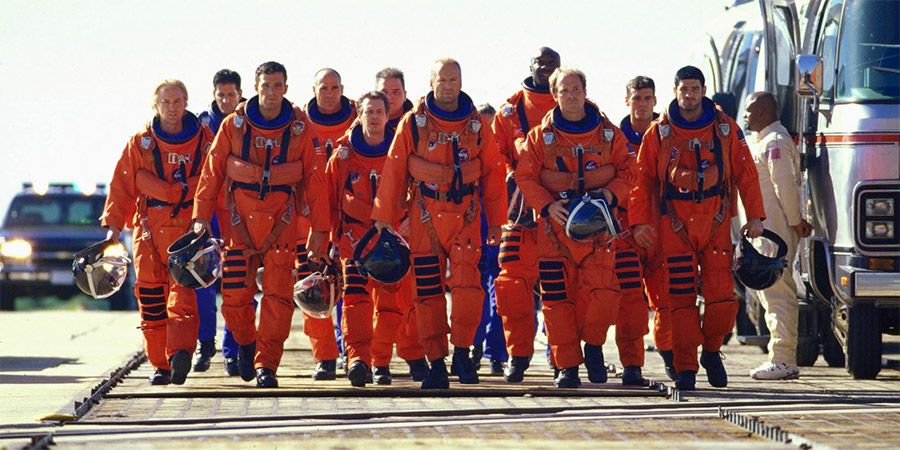- Shares
- 56
Hollywood’s Master of Cinematic Disaster Michael Bay is set to save planet earth yet again.
The director of explosive blockbusters including Pearl Harbor (2001), Bad Boys II (2003), and Transformers (2007), just saw NASA, the world’s premiere space agency take a page out of his disaster playbook, by steering a US$$324.5 million (US$308 million for the spacecraft and US$16.5 million for operations and data analysis) satellite to destroy an asteroid ala Armageddon, in addition to US$68.8 million for launch services.

In the 1998 film starring Bruce Willis and Ben Affleck, an asteroid on a collision course for Earth is taken out by a team of deep-core drillers who insert and detonate a nuclear device in the core of the asteroid. An earlier plan to shoot the gigantic space rock with a nuke was scuttled as the rock was too big and close to the planet.
The Double Asteroid Redirection Test, or DART, is a first-of-its-kind mission designed to determine if technology can one day be used to defend the planet from rogue asteroids or comets headed for Earth, by deflecting their trajectory.
The 600kg Dart projectile impacted the target, Dimorphos (160m in diameter), at 23,000 kph, from a distance of 11 million km from Earth, and scientists and engineers from Johns Hopkins Applied Physics Laboratory in the US, who don’t want to miss a thing, are still waiting for images from the impact, as well as using images from terrestrial telescopes, to assess the effects of the experiment, and the viability of such a plan.
Before the impact, scientists concluded that the impact of satellite would not alter the course of Dimorphos and steer it towards Earth. While asteroid strikes are rare and there are no known asteroids on a direct collision course with our planet, even a small strike from a space rock can cause significant damage if it hits a populated area.
In 2013, an 18-meter meteor exploded over Chelyabinsk, Russia, and there are an estimated 25,000 near-Earth objects larger than the Chelyabinsk meteor.













